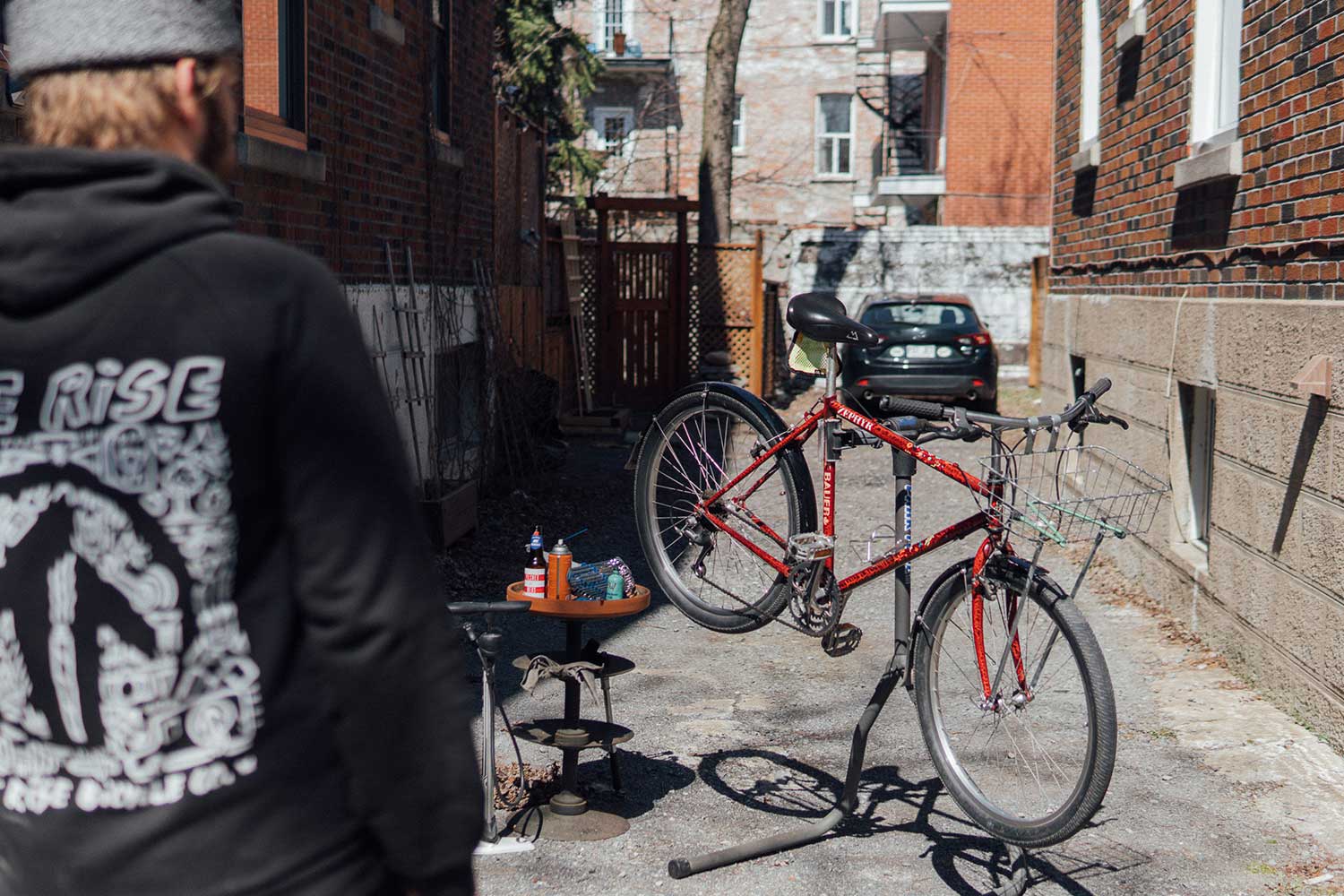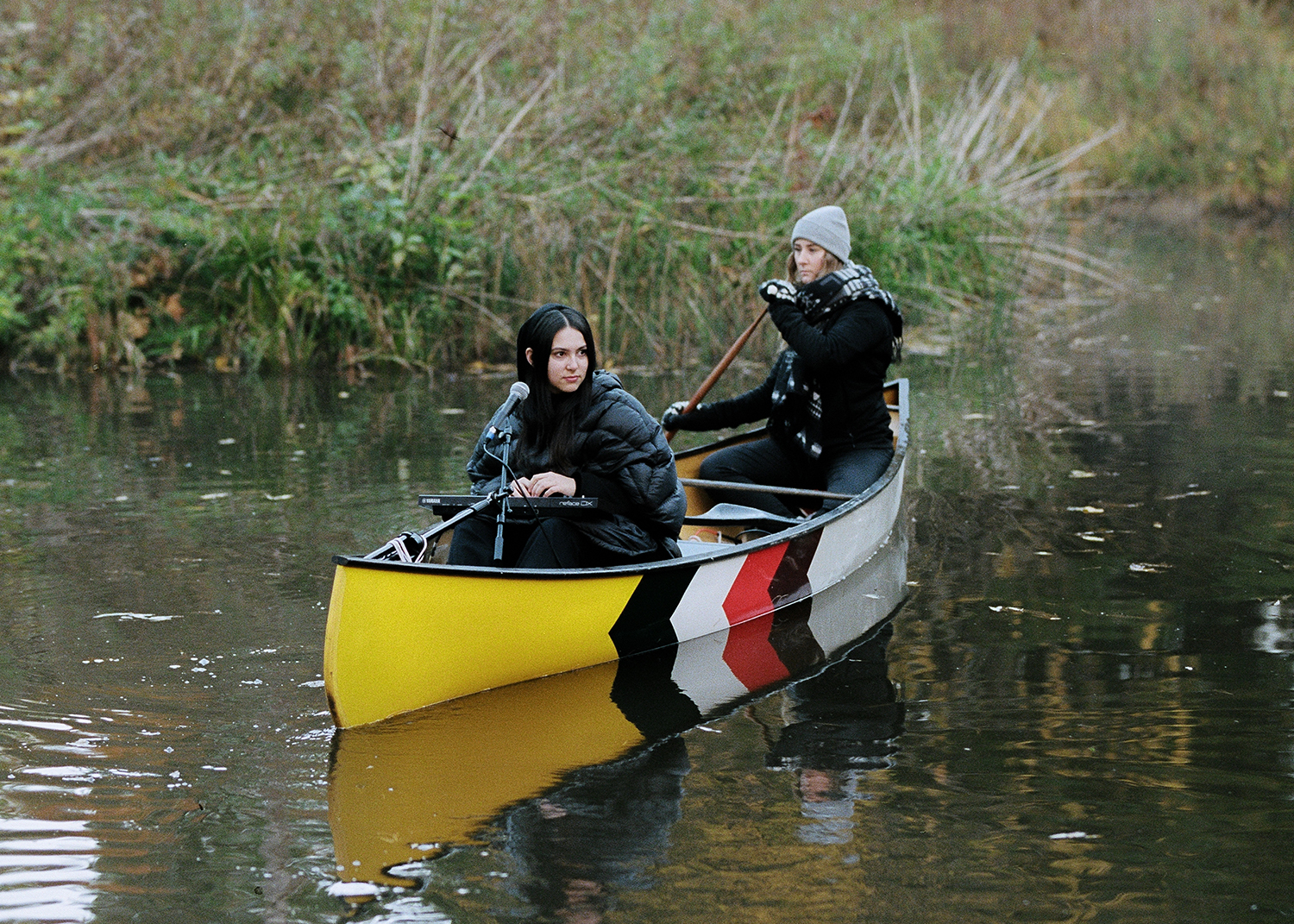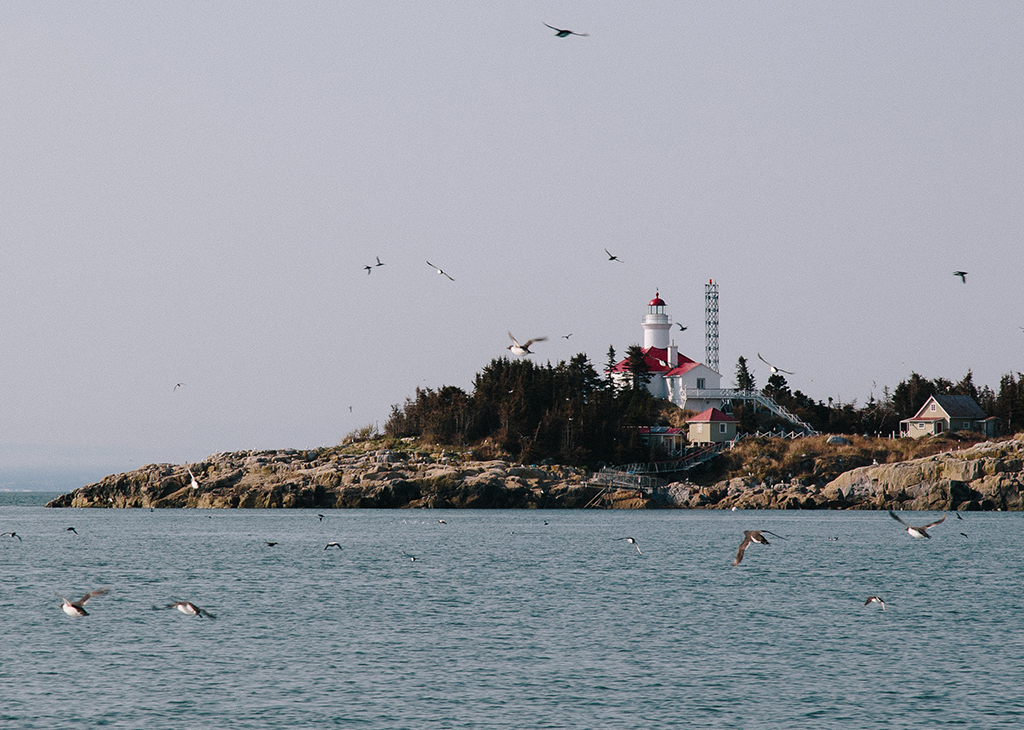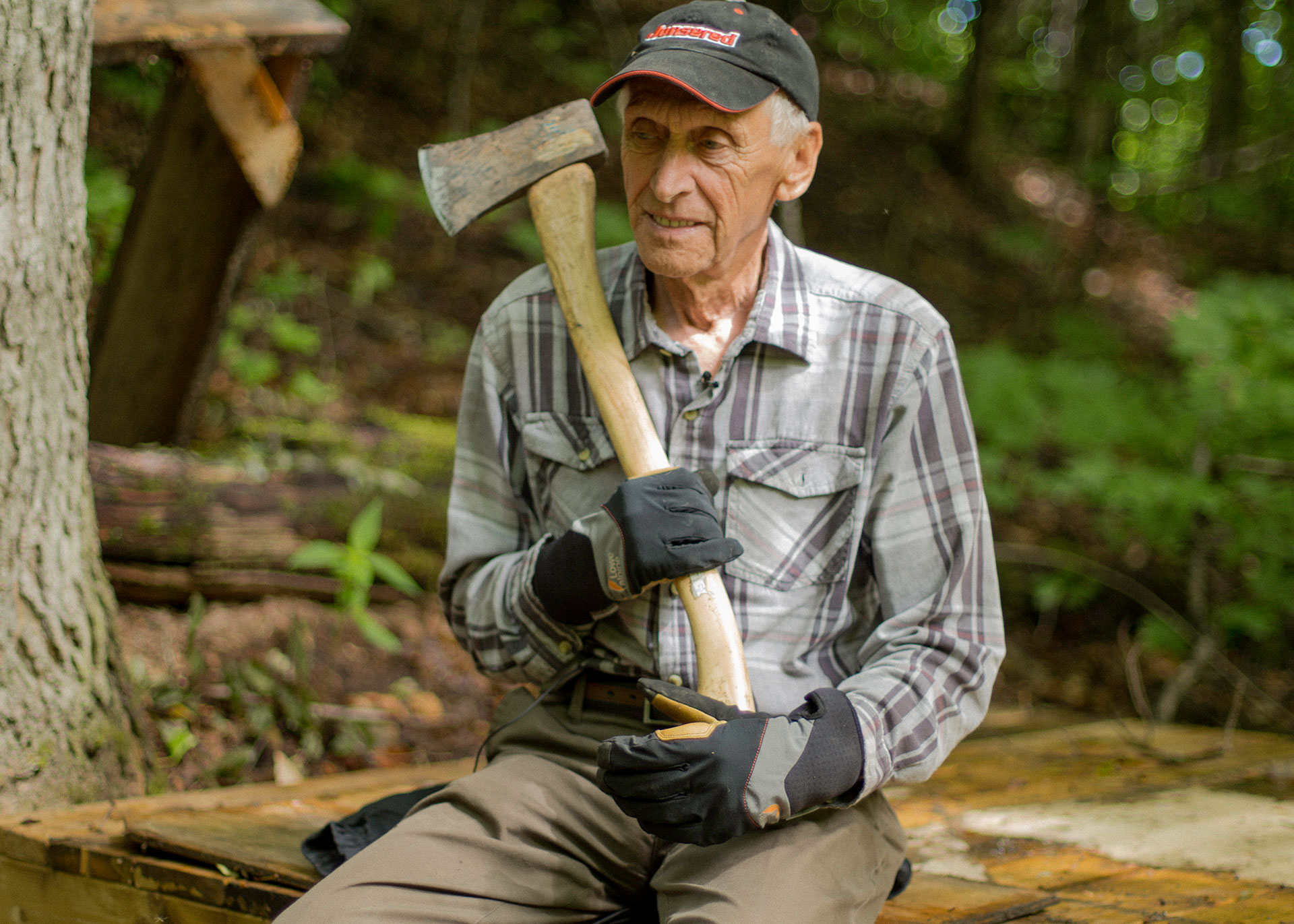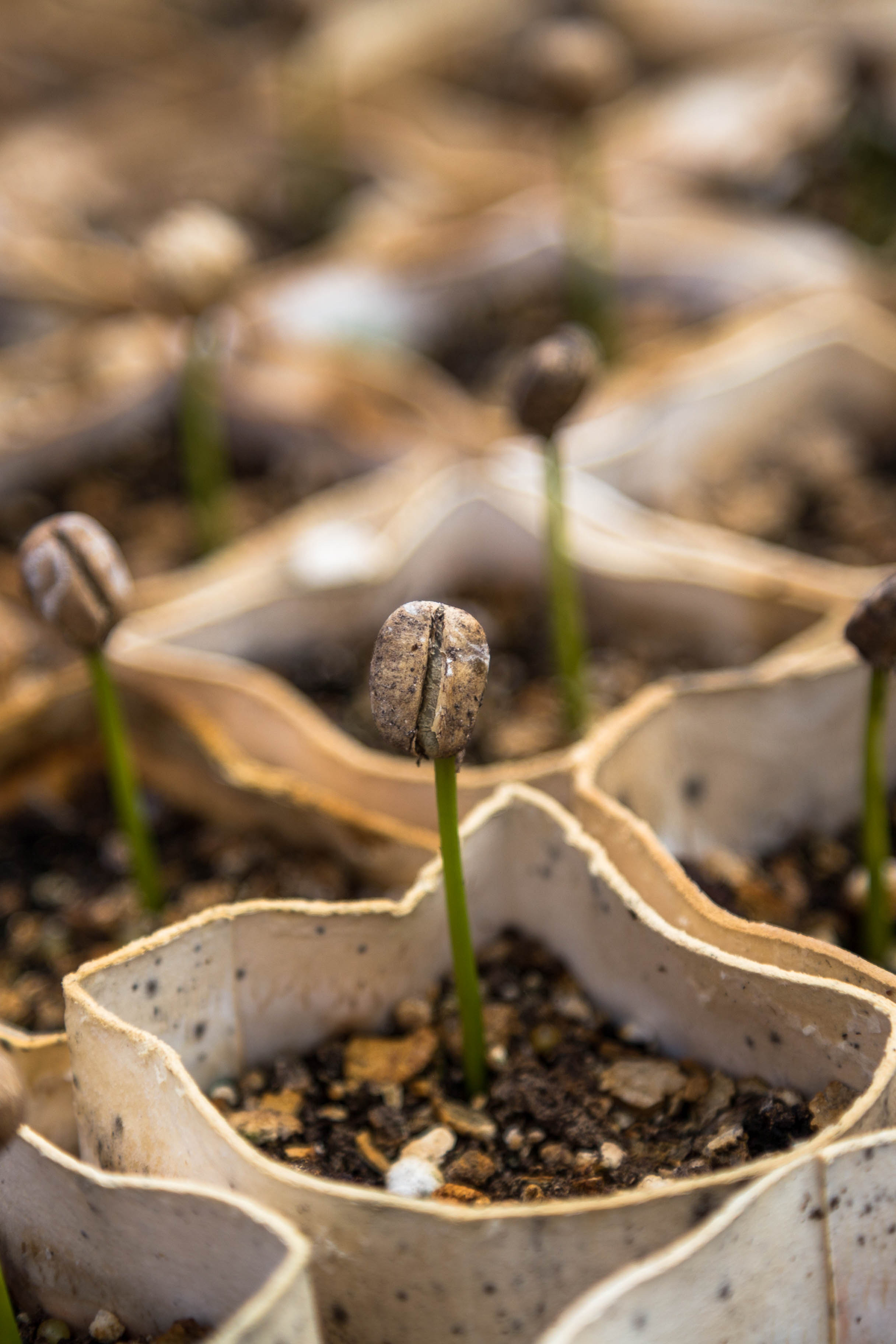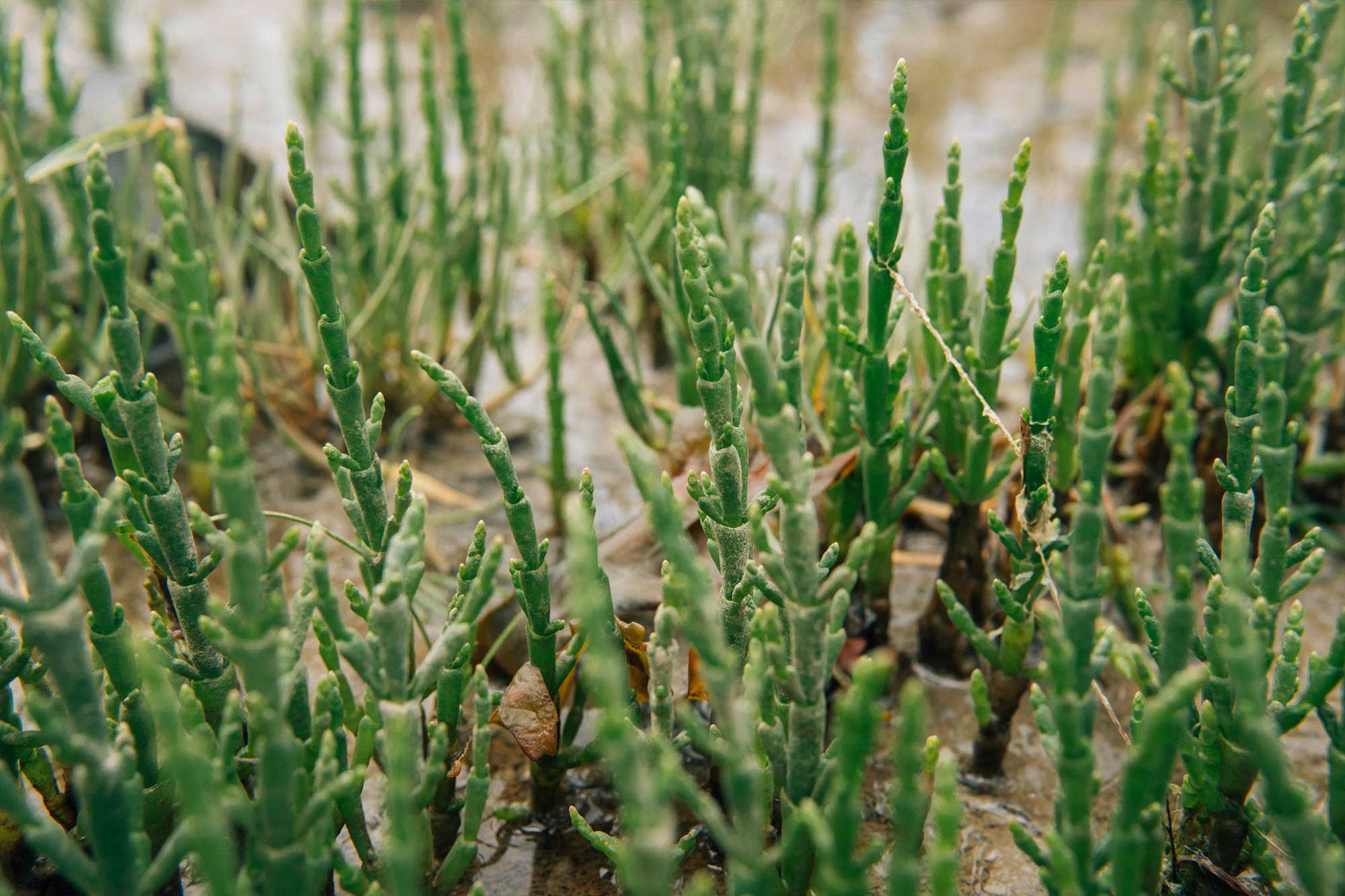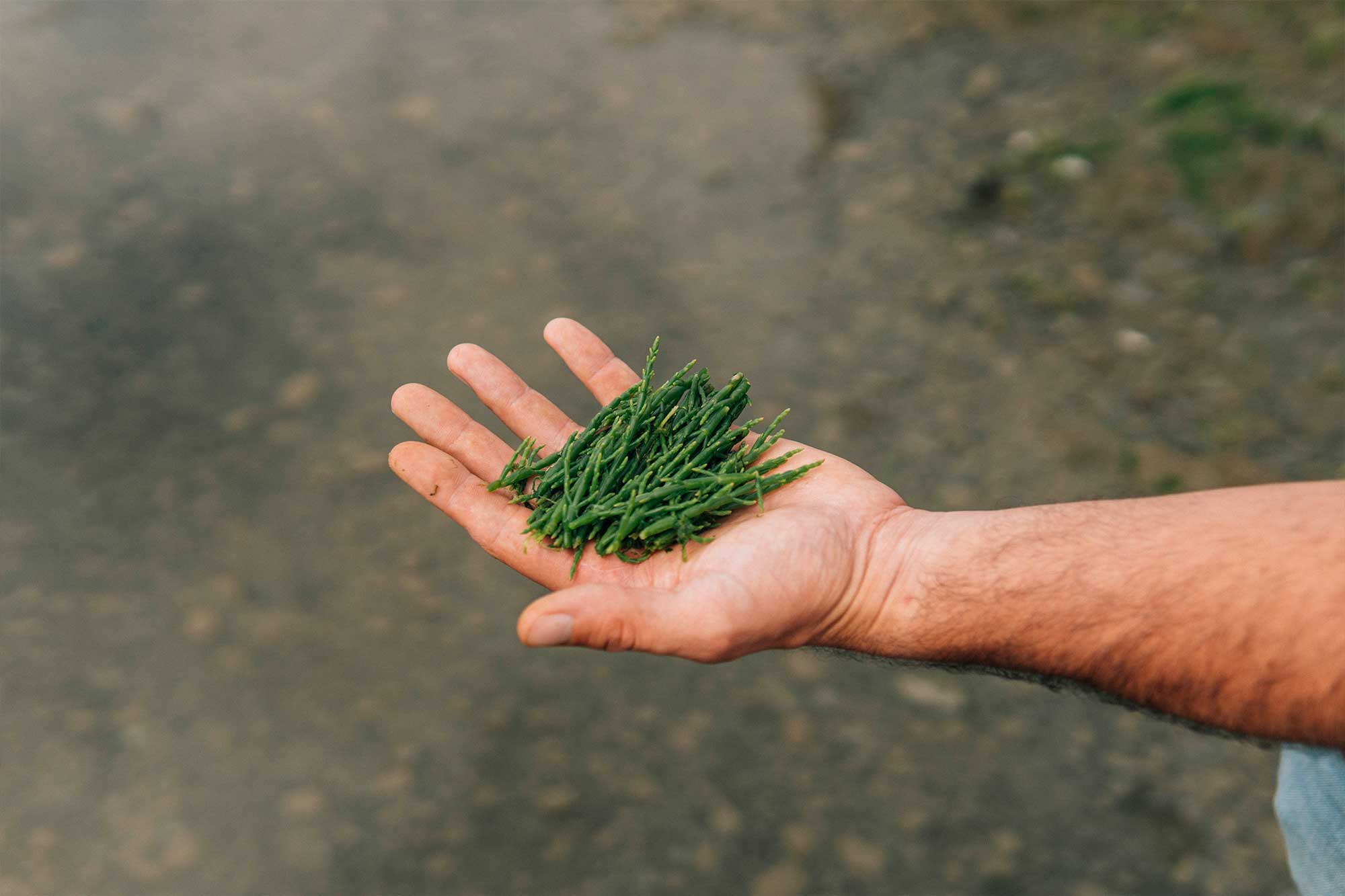BESIDE X MENAUD
Charlevoix in a Bottle
The Menaud distillery pays tribute to Charlevoix’s rich natural resources and talented artisans. Portrait of a daring company reinventing traditional vodka in Québec.
“When the air tasted like bread madefrom your own wheat, you knew youwere tasting freedom.”
Menaud, Master of the River, Félix-Antoine Savard
__________________
I’m driving along the 138, cresting over the mountains. The spring bells have rung, and the river and the birds are answering with clear voices. The Charlevoix region of Québec has stowed away its white parka and slipped on its prettiest flower-print dress. By the side of the road, the trees pulse and simmer with new life. From time to time, the mountains part, and I can see the river. A few boats slide upon their reflections across the big blue-grey mirror: a stunning opening sequence for my trip to Menaud country.
The spirit of Charlevoix is perhaps best captured by Menaud, the log driver, the title character of Félix-Antoine Savard’s novel Master of the River. Inspired by this rugged example and borrowing the name, the master distillery of Clermont, a small town of about 3,000 whose population depends mainly on the forest for their livelihood, follows a similar path. Both Menauds share a connection to the land of their ancestors, a desire to pay it tribute, and a common quest for freedom and independence. “Menaud wanted the people from the area to preserve their natural resources; he fought for that. That speaks to us. On top of that, Félix-Antoine Savard was the founding parish priest,” explains Charles Boissonneau, co-founder of the Menaud brewery and distillery. Boissonneau created the company’s personality, its visual identity, taking care to showcase his Charlevoix roots. He’s also in charge of welcoming me this Saturday afternoon—which he does with open arms.
Menaud belongs to a small group of friends, the “Messieurs B”: Enrico Bouchard, Martin Brisson, Grégoire Bluteau, Gilles-Henri Brouard, and Charles Boissonneau. On paper, the company has existed since July 4, 2017, but it was in the winter of 2016, during a car trip taken by Bouchard, Brisson, and Boissonneau, that the idea took shape—a sort of New Year’s resolution.


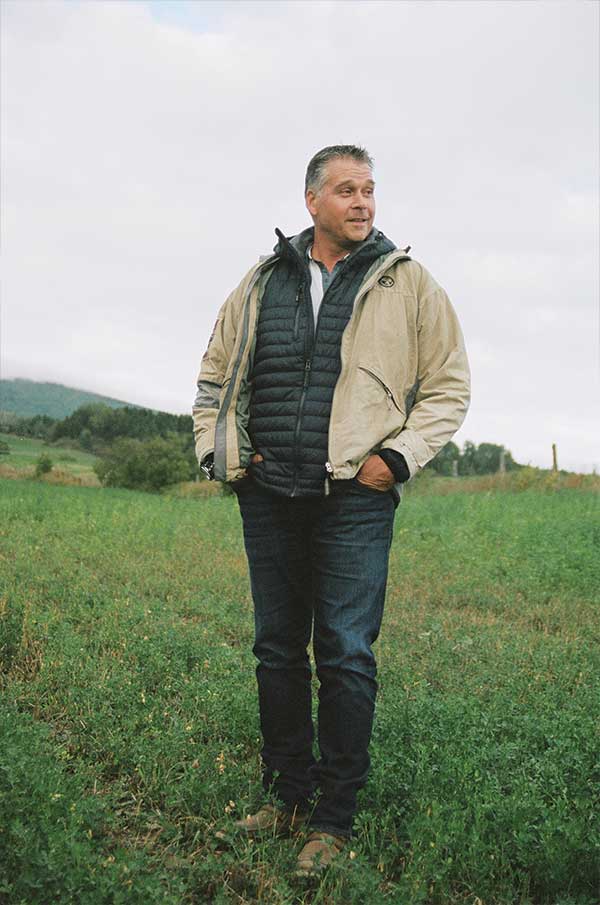

“Martin and Enrico had been throwing the idea around of opening a brewery for a while now. I felt like setting up a distillery. So we put our ideas together and established the company we wanted,” says Boissonneau. The guiding principle behind Menaud was born, using raw materials from Charlevoix to create fine alcohols.
For now, Menaud produces seven beers, one vodka, and one gin. The beers are crafted by Lionel Navarro and Valérie Bergeron. Their recipes call for custom mashes and feature refined flavours. The saline notes of the gose, made with glasswort from L’Isle-aux-Coudres, evoke a stroll along the shore, with a song forming on your lips.
The spirits are the work of master distiller Martin Brisson, a former sculptor and collector of bottles rejected by the sea. Raw materials, no matter what they are, have always been the focus of his work. “He’s an artist. It explains why the distillery is such a mess, but also why what he’s doing is completely nuts. Once an artist, always an artist!” chuckles Boissonneau.
For Menaud, the bottle is a muse. The team took their time in crafting the shape; nothing was left to chance. “Our bottle is heavy and massive like a log. It embodies what Menaud stands for. The green colour is a reference to the Charlevoix forests.” The super sleek bottle design represents modern- ity, while the wood cap pays tribute to trad- ition. Under each one hides a sentence inspired by the novel Master of the River.

The bottle’s shape also inspired the design of the still, which was manufactured in British Columbia according to plans co-created by the team. The device has a production capacity of 250,000 bottles per year. Entering the distillery and standing before it, it’s as if you were standing before a masterful sculpture or a cathedral organ: the majesty reduces you to silence. Here again, tradition and modernity go hand in hand: copper for the former, steel for the latter.
For Menaud, it’s important to create spirits from the grain to the bottle, even if it requires more work, knowledge, and investment. Boissonneau calls this his romantic approach: “The involvement of nature in the aromas and flavours of our products is undeniable. The wheat and rye we use to make vodka and gin come from L’Isle-aux-Coudres, from the Harvey family. We’d also like to use their barley for our whisky. I think the seasonal nature of botanicals and grains, their origin, the way in which they were picked, the flora and fauna, all have a direct influence on the flavour of our creations. They yield a refined, complex taste.”

In Québec, most distillers use neutral alcohol from Ontario to create their spirits. But this alcohol doesn’t have the same qualities as a local vodka, like Menaud’s. They are two completely different worlds, claims Boissonneau. “There’s a lot of education to be done. Right now, people don’t quite realize the added value in a grain-to-bottle approach—in any case, not enough for it to be profitable. It’ll take a lot of work, but it’ll come.”
The vodka produced by Menaud is one of only a handful from Québec to grace the shelves of the SAQ (publicly owned provincial alcohol retailer). The Menaud team is very proud of this fact, and looking to change how the public sees vodka: “Our goal is to restore its prestigious status. We want neophytes to start thinking of vodka as an artisanal product that can be savoured, to the same degree as a gin or whisky.” The product’s description reminds us that it was made to taste like what Charlevoix represents. The addition of wheat gives the liquid a silky-smooth texture and imparts the grain’s aromas. The rye adds a spicy, mineral quality typical of traditional vodkas. Thanks to double distillation, it is absolutely pure.


As for their gin, it has taken 100 recipes and meticulous experiments with a great number of plants to arrive at the right formula. The infusion is made with a mix of 13 botanicals before being filtered through glasswort. Every sip evokes the sea, fields, and mountains, with woody notes, saline aromas, and a peppery, floral touch.
How does one savour a glass of Menaud spirits, and where? “As is, pure, or with one ice cube. Nothing else! For me, the Port- au-Persil waterfall is the perfect place to drink it. Grégoire might choose the banks of the Petite Rivière instead, and Enrico, his sailboat, crossing the river,” answers Boissonneau.
What is it about the air in Charlevoix that makes its inhabitants so talented? They are madly in love with the place, for one thing. And there’s a desire to showcase the land through authentic know-how, while respecting the environment and its resources. Within the next five years, the “Messieurs B” will offer lovers of fine spirits many creations, and a variety of grain profiles stemming from the mountains, forests, and fields of Charlevoix. When he thinks of the company and its values, Boissonneau likes to recall these words from Master of the River : “It’s a madness like no other!”
_____________________
Mélanie Gagné est créatrice de contenu et enseignante à Matane. Le fleuve, toujours là dans son histoire depuis l’enfance, l’impressionne, l’émerveille, l’apaise, l’inspire. Elle aime la vie en région avec sa famille, les randonnées sur la grève et en montagne, les marchés publics, la poésie et les cafés.
—
How do we sustain our traditions?
This article was initially published in Issue 06 of BESIDE Magazine.
Get your copy now!



